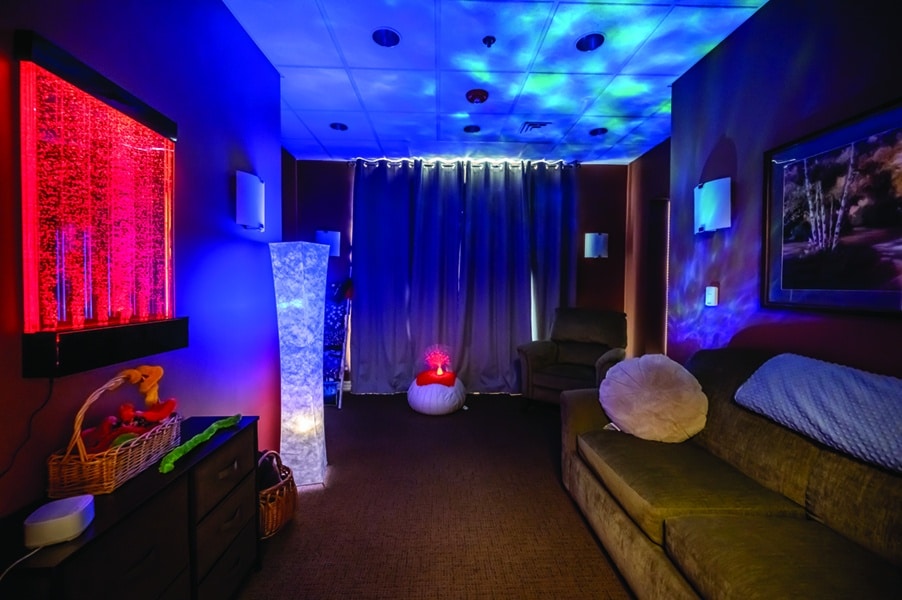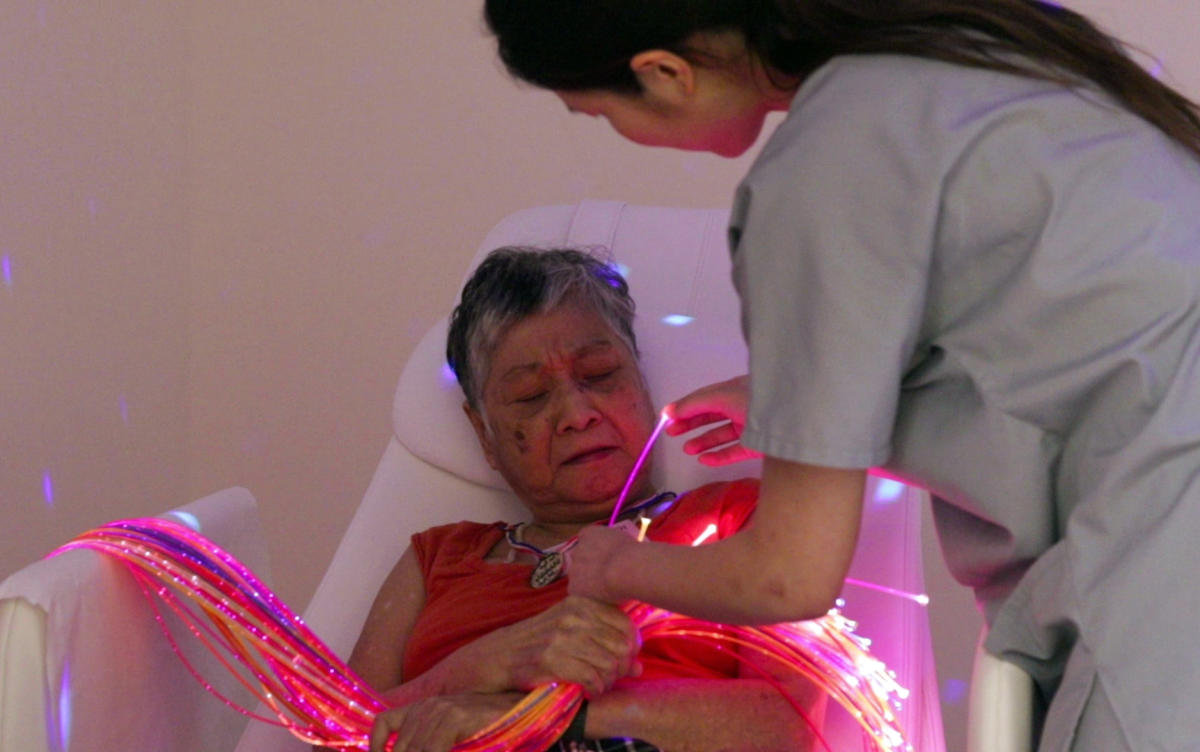Multi-sensory design tips show us that healing isn’t just about medicine, rest, or professional care. It also happens in the spaces we live in, especially for individuals recovering from illness, managing long-term conditions, or aging in place. The home environment plays a subtle but powerful role in shaping mood, stress levels, sleep quality, and even cognitive function.
At Previce Care, we know that delivering exceptional care means going beyond checklists. It means creating spaces that heal, soothe, and support places where care recipients feel safe, calm, and connected. This is where multi-sensory design comes in.
By thoughtfully incorporating texture, light, and scent, caregivers and families can transform any room into a comforting environment that enhances wellness physically, mentally, and emotionally.
Why Sensory Design Matters in Home Care?
As individuals age or recover from illness, their sensitivity to external stimuli may change. Some may become overwhelmed by loud noises, clutter, or harsh lighting. Others may struggle to engage with their environment due to cognitive decline, depression, or chronic pain.

Sensory design, the practice of creating spaces that gently stimulate or soothe the senses helps bridge this gap. It creates a therapeutic environment that promotes clarity, calm, and confidence.
Let’s explore how three often-overlooked elements texture, light, and scent can be used intentionally in home care settings.
1. Texture: Comfort You Can Feel
Multi-sensory design tips emphasize that touch is one of the first senses we develop and one of the last to fade. It’s also deeply connected to emotional security. The right textures can help care recipients feel grounded, comfortable, and safe.
Tips for using texture:
- Soft blankets, pillows, and rugs provide comfort and can reduce stress levels
- Weighted blankets can promote relaxation and ease anxiety, especially in individuals with dementia or sensory sensitivities.
- Tactile objects like knit cushions, wooden beads, or fidget items support sensory engagement and help restless hands.
- Avoid rough or scratchy materials, which may cause discomfort, especially on sensitive or aging skin.
Bonus: Texture also helps create a feeling of “home”, reminding individuals of familiar comforts and routines.
2. Lighting: A Natural Mood Regulator
Light affects far more than our ability to see as it influences our internal clock (circadian rhythm), regulates hormone production, and impacts mood, alertness, and sleep. For care recipients spending more time indoors, proper lighting becomes essential to maintaining physical and emotional wellness.

Tips for using light:
- Maximize natural light during the day by keeping curtains open and arranging furniture near windows.
- Use warm-toned LED lights to mimic natural daylight, especially in the morning hours.
- Install soft, ambient lighting in the evening to prepare the body for rest.
- Avoid harsh fluorescent bulbs or sudden lighting changes, which may trigger disorientation or agitation.
- Nightlights or motion-sensor lights can increase safety during nighttime bathroom trips.
- Light isn’t just about visibility, it’s about vitality.
3. Scent: A Gentle Path to Emotional Balance
Of all our senses, smell is most closely tied to memory and emotion. Familiar scents can evoke feelings of nostalgia, comfort, or calm. While unpleasant or overwhelming odors can increase agitation or restlessness.
Tips for using scent:
- Essential oils like lavender, chamomile, or eucalyptus can help reduce anxiety and improve sleep.
- Use diffusers or scented sachets instead of aerosol sprays, which can be overpowering.
- Familiar smells (like a favorite soap, tea, or homecooked meal) can be deeply comforting to individuals with memory challenges.
- Be mindful of allergies or sensitivities, always start with subtle scents.
- Scent has the power to soothe without a single word.
Bringing It All Together: Multi-Sensory Design Tips for Dignity and Healing
You don’t need a major renovation to make a big difference. Even small sensory shifts can transform the emotional landscape of a home.

A few simple changes might include:
- Adding a cozy throw to a reading chair.
- Rearranging a bedroom to catch the morning light.
- Playing soft instrumental music during daily care routines.
- Use calming scents to set the mood for bedtime.
At Previce Care, we guide families through these decisions as part of our holistic approach. Every care plan we create is designed to not only support the body but also uplift the spirit.
Final Thoughts: How Multi-Sensory Design Tips Help Healing at Home
Healing isn’t confined to hospitals or clinics. It happens in quiet corners, sunlit rooms, and the loving details that make a house feel like home. Multi-sensory design tips help us engage the senses with care and intention, creating a space where health can flourish and joy can return even in the face of life’s most difficult transitions.
If you’re supporting a loved one through aging, recovery, or long-term care, consider how the environment itself can become a silent caregiver offering peace, comfort, and a renewed sense of control because every detail matters. And every person deserves a space that helps them heal.








